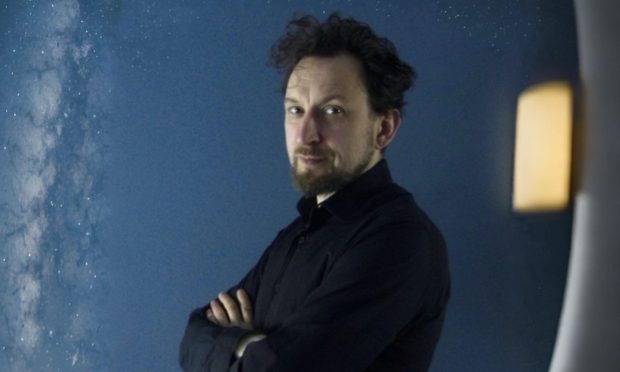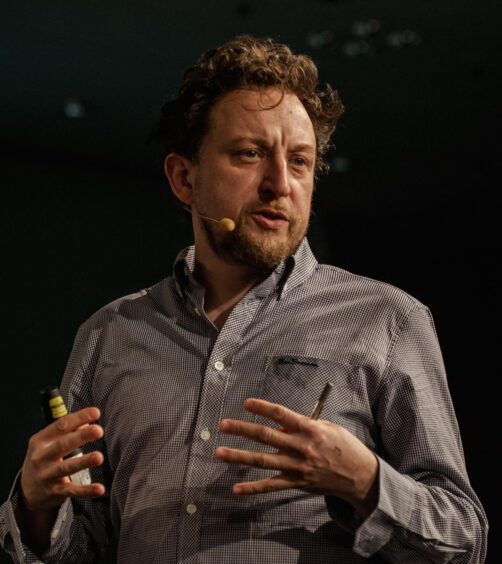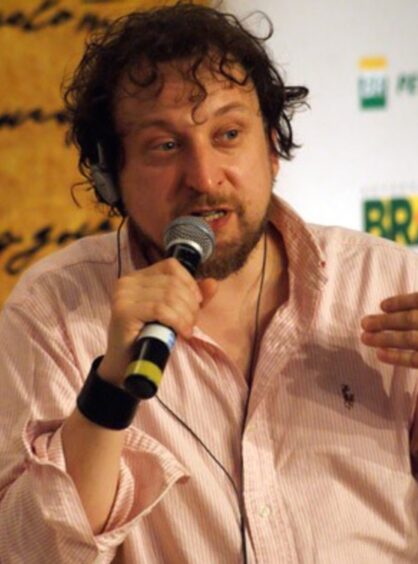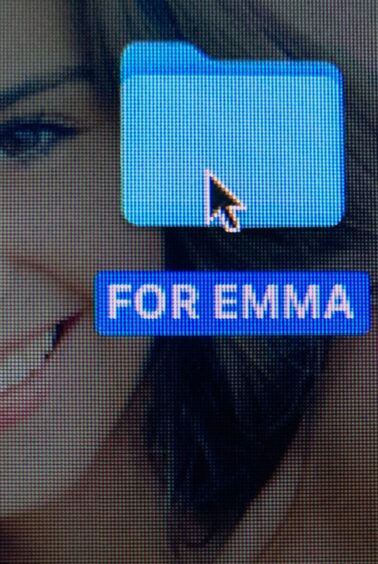From a young age Caithness author Ewan Morrison was always curious about the meaning of life — thinking about how we should live our lives and what our purpose really is.
Like Alasdair Gray, Liz Lochhead, and John Byrne, Ewan is one of the Scottish writers who went to the Glasgow School of Art and trained as an artist.
His habit of constantly carrying around sketchbooks and notepads became prominent, and after many years he realised that all the quotations, ideas, and fragments of stories he had created accidentally taught him how to write.
Some of these contents ended up in his first collection of short stories in 2004 — The Last Book You Read and Other Stories.
Ewan has had many career highlights
All eight of his novels stem from his burning questions about life. He understands that most of us spend our lives trying to avoid the thought because it triggers a sense of panic and that the question of what we should be doing with our short time in the world arrives in midlife.
He began writing about the midlife crisis when he was 32 in the hopes of finding a way out of it. Starting early has put him in good stead to hopefully find the solution!
Throughout his career he has had many highlights, however, winning the Saltire Society Prize for Best Fiction Book of the Year in 2019 was something he will never forget.
He said: ” It was a great surprise and an honour, something I wish my father could have lived to have seen as he always supported my writing and had been a poet himself”.
He was also invited to Riyadh Book Fair in 2023 to talk about the legacy of one of his favourite writers, Czech dissident author Milan Kundera (1929-2023) which was a wonderful and eye-opening experience for him.
Book delves into the world of AI
In his upcoming novel, For Emma, the question of the purpose of life is asked very directly after the tragic death of 28-year-old Emma herself.
Leamington Books, which is run by Peter Burnett, from Aberdeen, is publishing For Emma.
Emma is a young Silicon Valley scientist, who dies in a secret brain chip experiment.
The novel, coming out in March 2025, delves into how Emma’s voice outlives her death and then summons her father to get revenge on the Tech CEO whose experiment destroyed her.
Ewan said the idea for the novel first came to him when he discovered just how many bereaved people have hallucinations.
Several weeks after his father died, he heard his voice on a few occasions and that’s when he became interested in the concept of the voice that’s inside your head — whether that be your conscience, your memory, or something supernatural.




Conversation